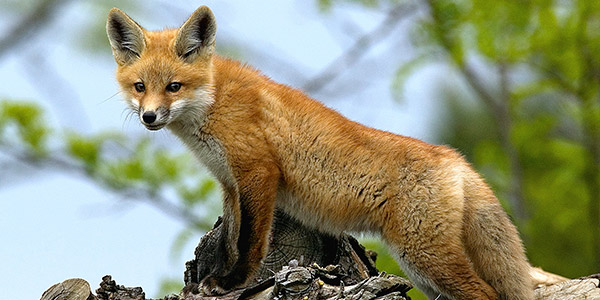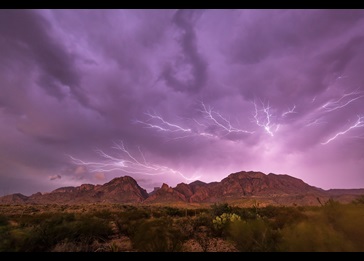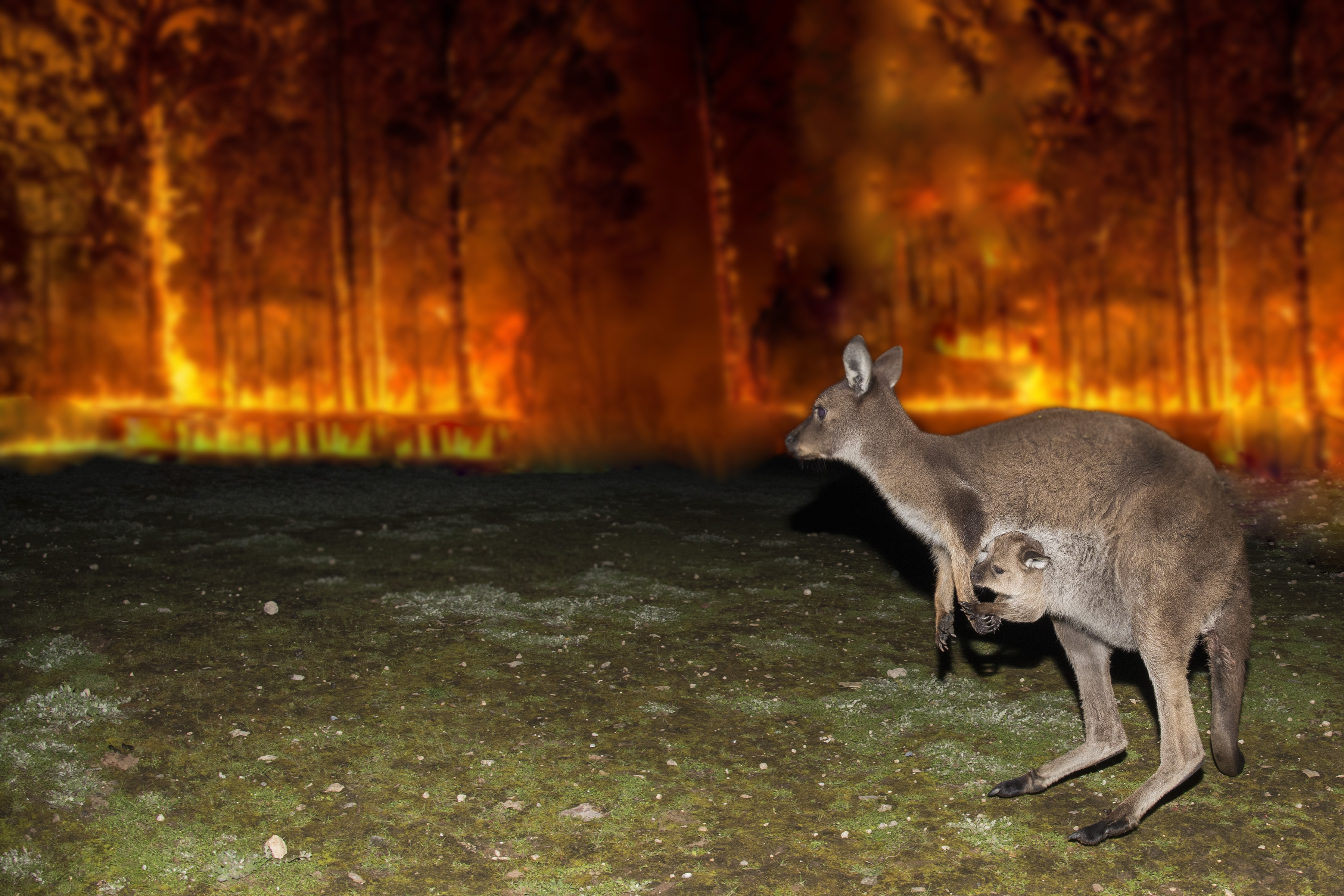Sorry, Fido: These wild dogs have more skills
Sure, Fido and friends can savor their comfy lives.
They fetch balls, wiggle tales and are rewarded handsomely.
But compared to their untamed brethren (shown here), those are minor accomplishments. That becomes clear in “Dogs ion the Wild,” a three-part “Nature” series that starts at 8 p.m. Wednesday (Feb. 8) on PBS.
“They’re incredibly intelligent,” producer Jo Shinner told the Television Critics Association. “They’re incredibly resilient, adaptable. They’re on all continents throughout the world, except for Antarctica. They manage to sustain in ridiculous conditions.”
Her series looks at all 37 canine species, finding adaptations to those conditions. Read more…




